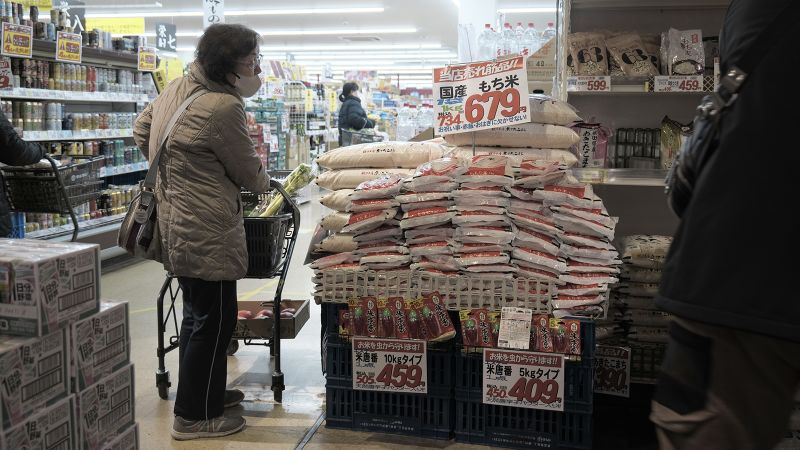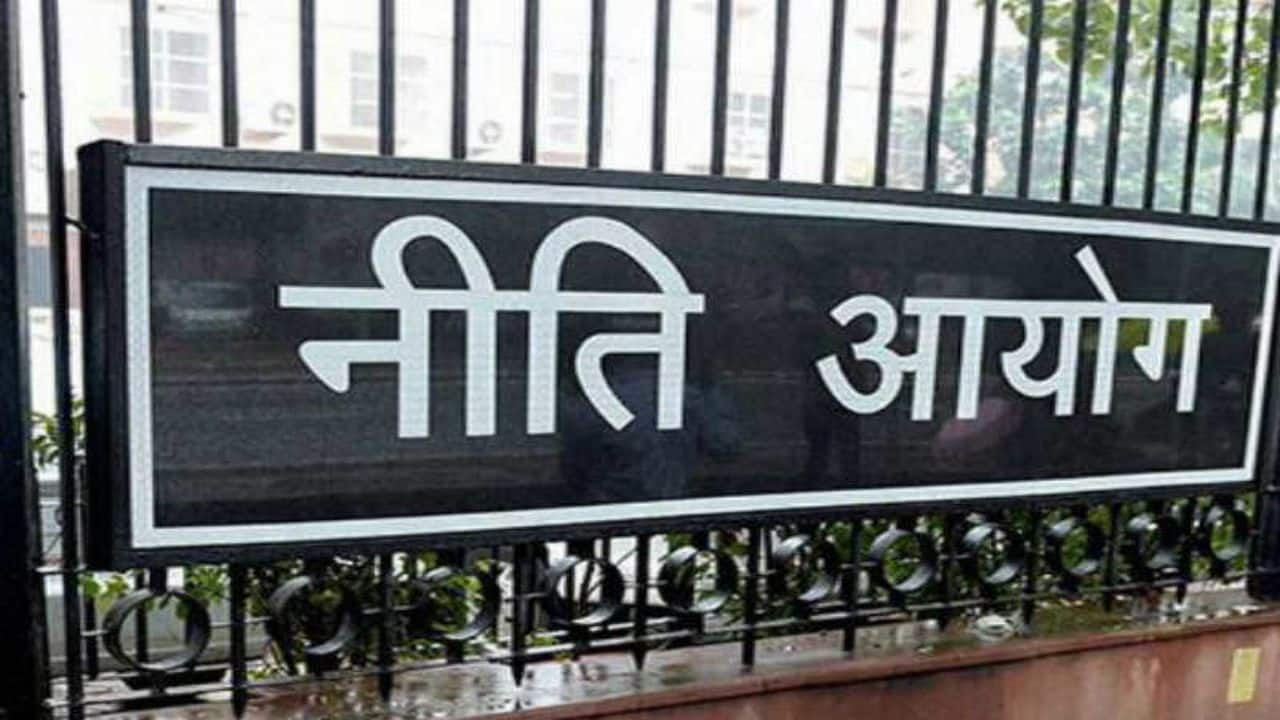Japan Releases Strategic Rice Reserves to Combat Rising Prices

Rice is an indispensable part of Japanese culture and cuisine. It is eaten with almost every meal, used to make sushi, made into sweets, fermented into alcohol, and offered to spirits at religious ceremonies. There are at least six ways in Japanese to describe the grain, from unhusked to ready to eat. It’s so popular that McDonald’s there added a burger bun made of rice to its menu. However, this reliance on rice makes Japan vulnerable to supply disruptions.
In recent years, a combination of bad weather, heatwaves, typhoons, and earthquakes have sparked panic-buying. According to government figures, the average price of a 60-kilogram bag rose to around $160 last year, up 55% compared to two years prior. To address this, the government announced in February that it would release 210,000 tons of rice—more than a fifth of its contingency reserve—for auction. The first bags of the reserve rice have now gone on sale in supermarkets.
The government established its rice reserve in 1995, two years after an unexpectedly cool summer crippled rice harvests and forced it to import overseas grains. It tapped into the store following the 2011 earthquake and tsunami, in which 20,000 people died or went missing, and again following the deadly Kumamoto earthquake in 2016. Other countries across Asia where rice is a staple, such as India, Vietnam, and Thailand, also hold rice stockpiles to shield their populations against shortages and price rises.
According to the Ministry of Agriculture, Forestry, and Fisheries, the first batch of 150,000 tons of rice went under the hammer last month. Agriculture, Forestry, and Fisheries Minister Taku Eto acknowledged that prices are exceptionally high but assured the public that the injection of rice into the market would eventually bring prices down. Eto also attributed the recent price hikes to a supply chain issue, stating that there was sufficient rice in the system but that it had failed to reach supermarket shelves.
Trial Holdings, which runs a chain of discounted supermarkets in Kyushu, confirmed that the first batch of auctioned rice has reached the shelves at some of their stores. However, some consumers are skeptical of the grain’s quality. Housewife Emi Uchibori, 69, said she stocked up on supplies in early March after reading about prices going up and hoped what she had would last until prices ease. Yuko Takiguchi, 53, a part-time worker, said she would pass on the auctioned rice unless it became significantly cheaper, as she prefers to pay more for quality rice.
Takiguchi also noted that the price of flour had increased, driving up costs for staples like bread, udon, and pasta. She prefers rice as a staple food because it is more filling, and it is essential for her school-age children's lunch boxes.










